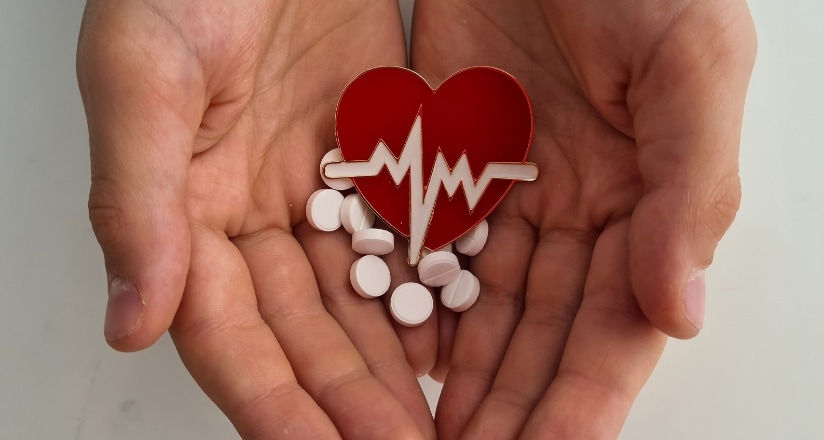Clinical trials have consistently shown that lowering the levels of lowdensity lipoprotein (LDL) cholesterol reduces the risk of cardiovascular events in the context of primary or secondary prevention. More intensive lipid lowering has been associated with greater clinical benefit, a finding that has led to the recommendation of lower treatment goals for LDL cholesterol for patients at high risk for cardiovascular events in society guidelines that address management of lipids to reduce cardiovascular risk.
Treatment targets for LDL cholesterol will not be reached in most patients at high risk for cardiovascular events, despite treatment with lowintensity6 or high-intensity statin therapy. Dose escalation of statins is often limited because of concerns about the small degree of incremental LDL cholesterol lowering, symptomatic myalgia, and new-onset diabetes. In most patients at very high risk for cardiovascular events, combination therapy is needed to achieve an LDL cholesterol level of less than 55 mg per deciliter (1.42 mmol per liter). However, observational studies have shown a low rate of use of combination lipid lowering therapy. Therefore, more patients at high risk will most likely be receiving inadequate treatment and may have adverse cardiovascular outcomes.

